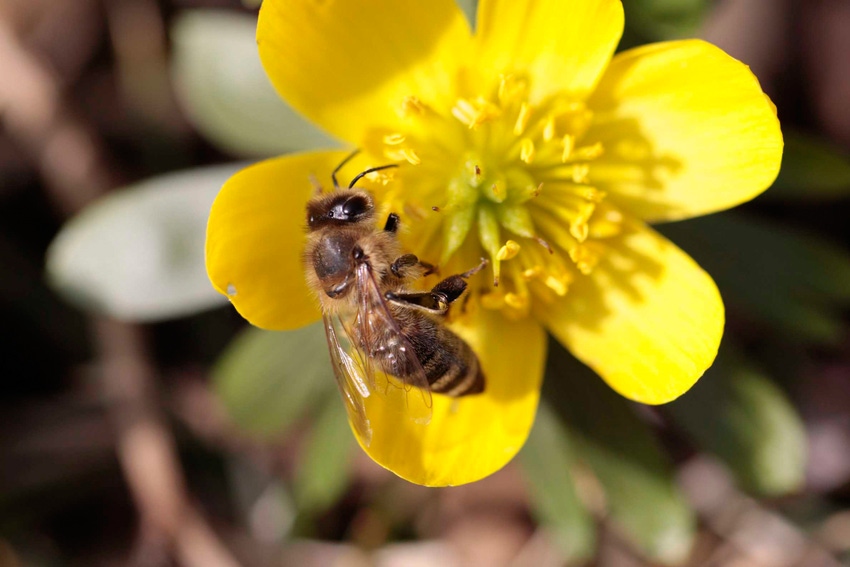Enzymes identified in bees that determine sensitivity to neonicotinoids
Comprehensive study will improve Bayer’s ability to develop new selective insecticides.
March 23, 2018

A joint study by Exeter University, Rothamsted Research and Bayer has discovered enzymes in honeybees and bumblebees that determine how sensitive they are to different neonicotinoid insecticides.
As in other organisms, toxins in bees can be broken down by enzymes called cytochrome P450s, Bayer said in an announcement, noting that the research team carried out the most comprehensive analysis of bee P450 detoxification enzymes ever conducted.
The study identified a subfamily of these enzymes in bees — CYP9Q — and found that it was responsible for the rapid breakdown of certain neonicotinoids, such as thiacloprid, making them virtually nontoxic to bees.
Bayer said it is confident that this knowledge will enable it to design further bee-friendly insecticides in an even more targeted way, using relatively simple methods (in vitro) at an early stage of a product’s development.
“Identifying the mechanisms that contribute to inherent tolerance helps us -- and regulators -- better understand why certain insecticides have a high margin of safety in bees,” said Dr. Ralf Nauen, an insect toxicologist at Bayer and lead investigator of the study. “The knowledge from our study can also be used to predict and prevent potential harmful effects that result from inadvertently blocking these key defense systems, for instance, by different compounds with synergistic effects in tank mixtures.”
Nauen believes the knowledge acquired and tools obtained will promote innovation and improve Bayer’s ability to develop selective insecticides.
The paper, published in the journal Current Biology, is titled: “Unravelling the Molecular Determinants of Bee Sensitivity to Neonicotinoid Insecticides.”
This knowledge is valuable at a time when it has become increasingly difficult to register new pesticides, particularly in Europe, Bayer said.
By the time a new pesticide reaches the market, each crop protection product will have cost, on average, $286 million and required 11 years of research and development to ensure the highest safety and efficacy standards, Bayer noted.
The company added that this new knowledge may aid the development of insecticides that are broadly applicable and fully compatible with bee pollinators.
You May Also Like



